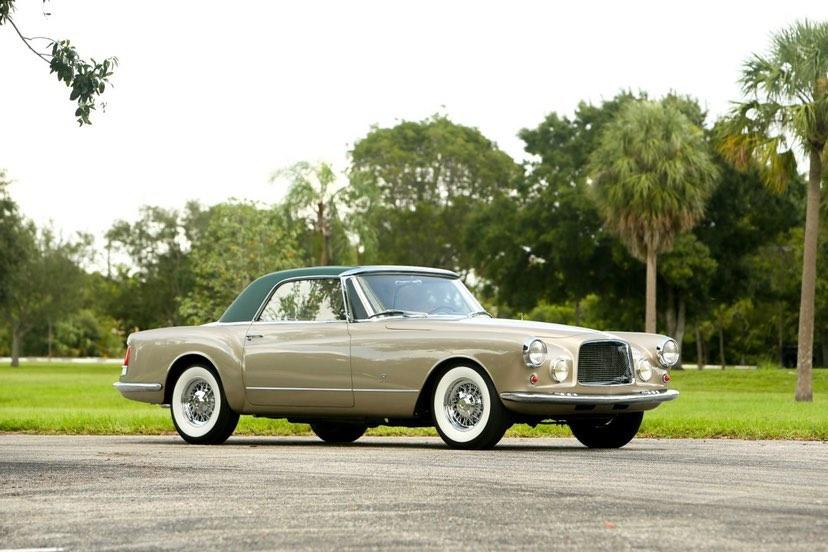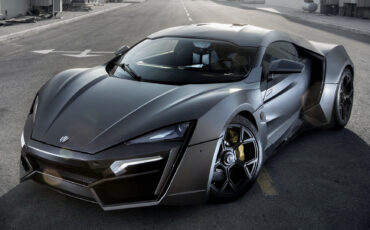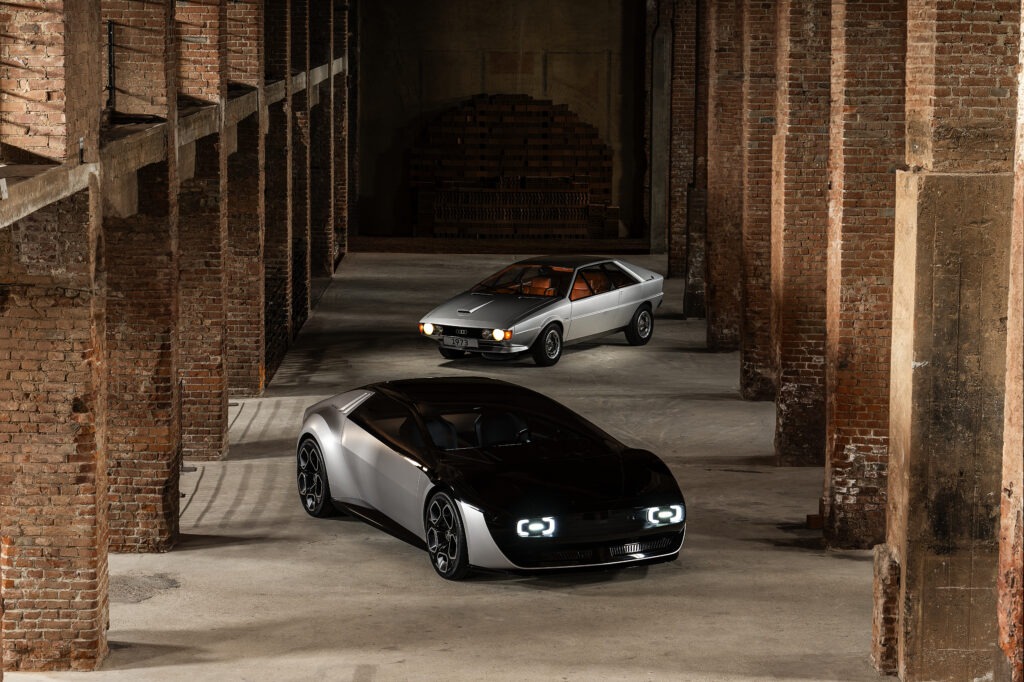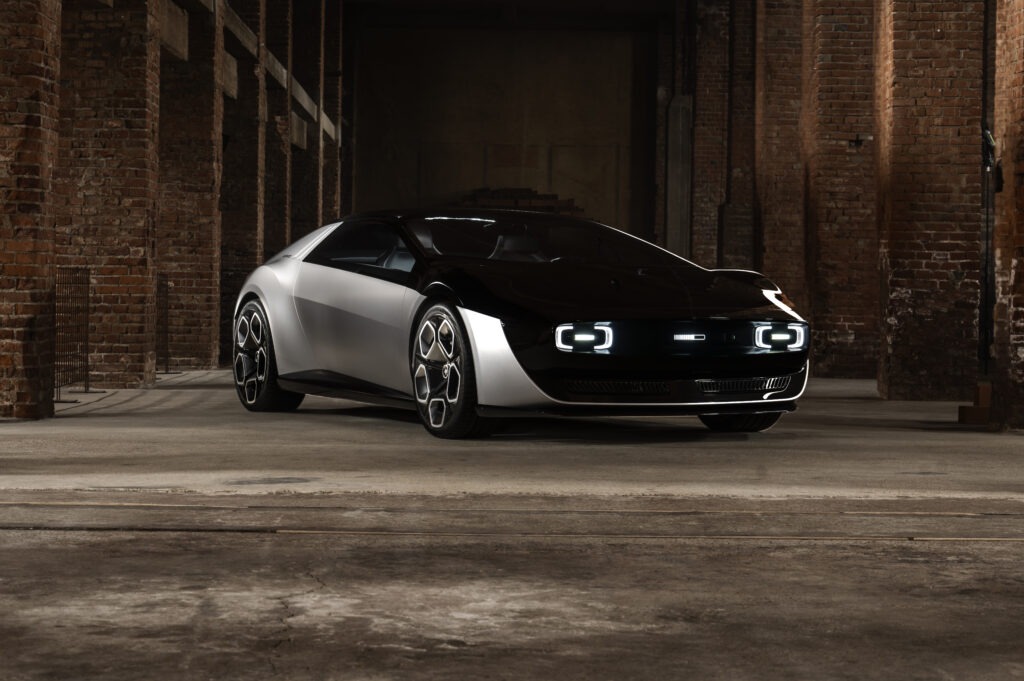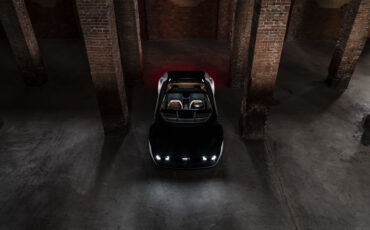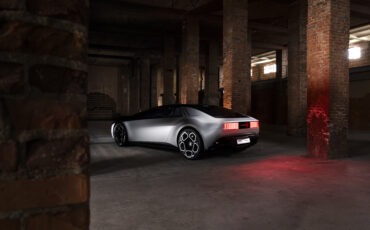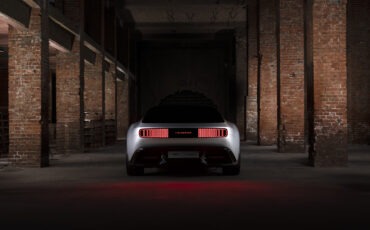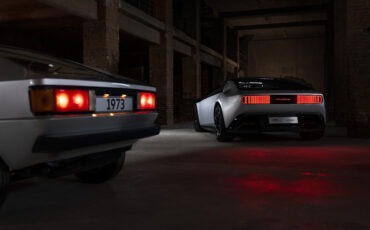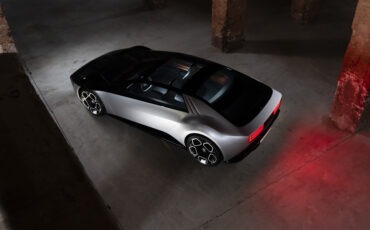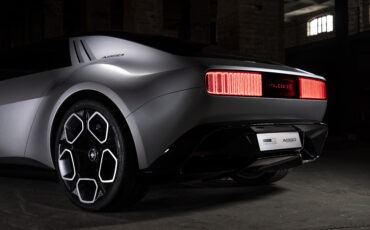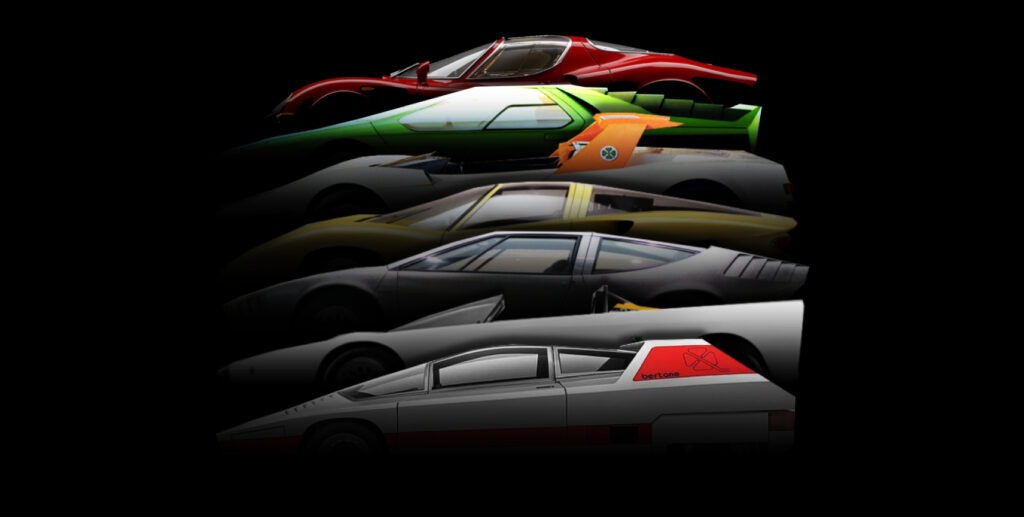
The Alfa Romeo 33 Stradale, the street legal version of the Type 33, is considered by many to be one of the most beautiful cars of all time because of its timelss design which inspired many modern supercars such as the 8C Competizione and the 4C.
The 33 Stradale is still used today as an example to describe the perfect balance between refined mechanics and the styling, in a balance that can be summarized in a phrase dear to the brand: “La bellezza necessaria” (The necessary beauty).
The body, designed by Franco Scaglione and built by Carrozzeria Marazzi, was the first road car to feature “butterfly” doors . The chassis complete with engine and gearbox was built by Autodelta, the racing department of Alfa Romeo, alongside the Type 33 racing cars. If you want to know more about the the 33 Stradale, we have covered a special which can be read here.
18 chassis were built of which only 12 were actually finished and only 11 sold to customers while 5, were given to the best Italian coachbuilders which created a series of extraordinary concept cars.
1968 Alfa Romeo Carabo
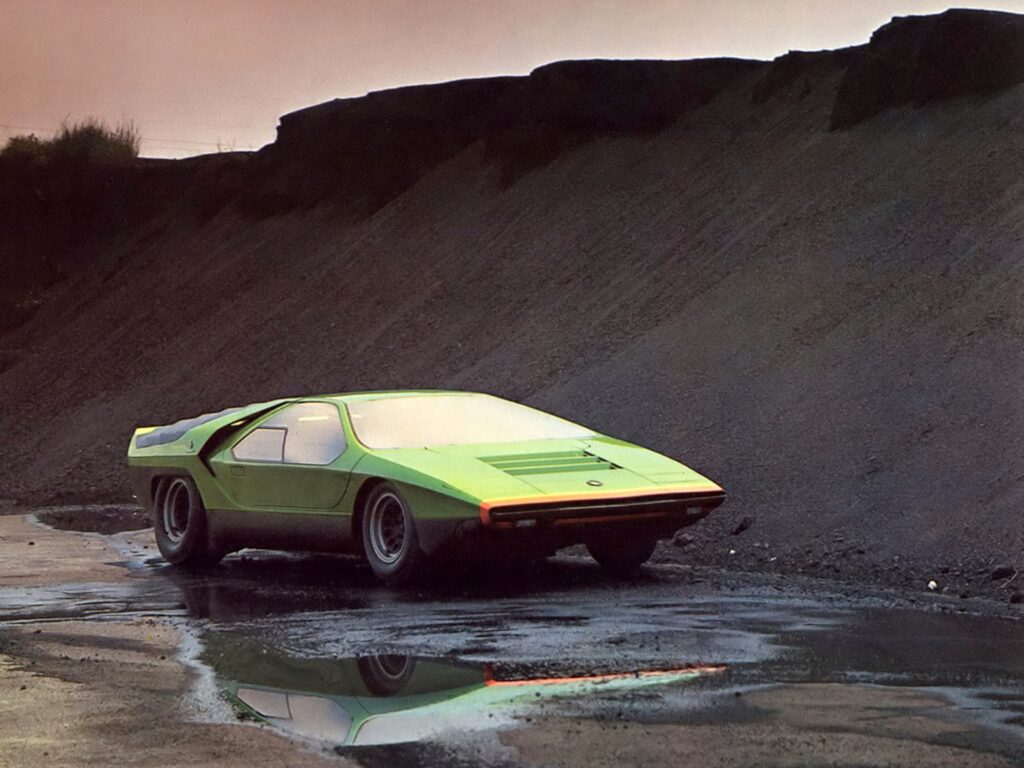
The Alfa Romeo Carabo built by Bertone was the first of the 6 dream cars based on the Alfa Romeo 33 Stradale chassis. The name Carabo derives from the beetle Carabus auratus, of the Carabidae family, characterized by metallic and bright colors, and with its color (luminescent green with orange details and golden glass) and the vertical doors, recalls the elytra of this insect. It was exhibited at the Paris Motor Show in October 1968. We have already covered a special on the Carabo which can be read here.
1968 Alfa Romeo 33 Roadster GS
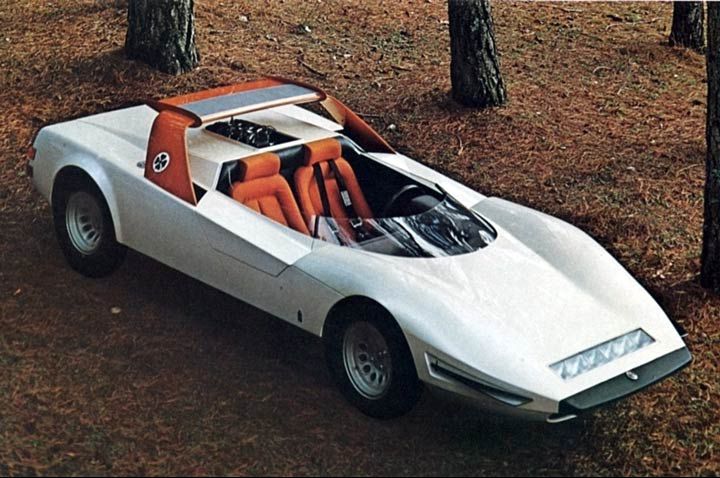
Designed by Paolo Martin and unveiled at the 1968 Turin Motor Show, the Alfa Romeo 33 Roadster G.S. is the progenitor of Cuneo, which “inherited the chassis in 1970, and was the first of the 3 dream cars built by Pininfarina based on the Alfa Romeo 33 Stradale.
The white painted car was very low and combined soft lines with more sharper ones. The front featured a full-width black rubber bumper, two black horizontal canard fins on the front fenders and a strip of 6 aligned headlights placed on the hood which were later reused on the Cuneo. The main feature was a huge orange spoiler installed in the center of the car, directly above the engine which served also as roll-bar. It had a small windshield, vertically opening doors, and a truncated tail with double overlapping square taillights. The interior, with an unprecedented four-spoke steering wheel, was simple, all black except with orange seats matching the spoiler color.
1969 Alfa Romeo 33.2 Speciale
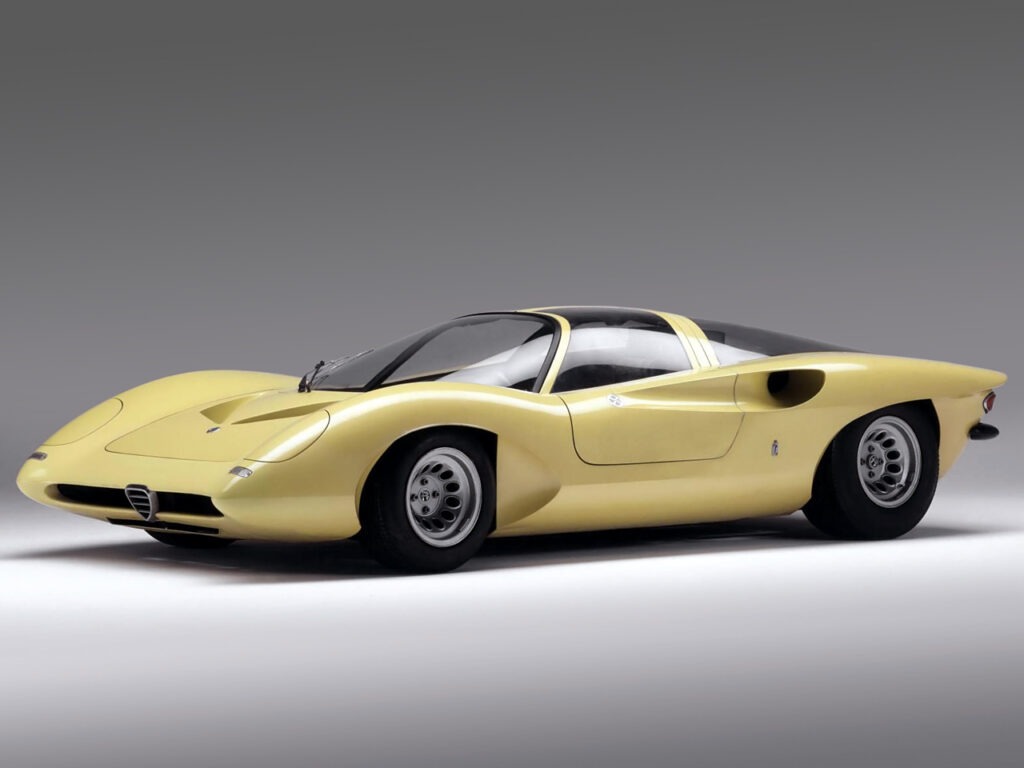
The Alfa Romeo 33.2 was exhibited at the Paris Motor Show in October 1969 and was Pininfarina’s attempt to propose again Leonardo Fioravanti’s project that gave life to the Ferrari P5 which was unveiled at the Geneva Motor Show the previous year and then abandoned due to its unsuccess.
Compared to the P5, the 33.2 which, as mentioned, has the same body but adapted to the chassis of the 33 Stradale, features small differences mainly in the tail. Some construction details were designed for the a small production series, such as the retractable headlights and the front hood which can be opened in the cockpit. It was one of the last dream cars with curvilinear design before the boxy lines of the 1970s took hold. The Alfa Romeo 33.2 is now part of the Alfa Romeo Historical Museum collection in Arese (MI).
1969 Alfa Romeo Iguana
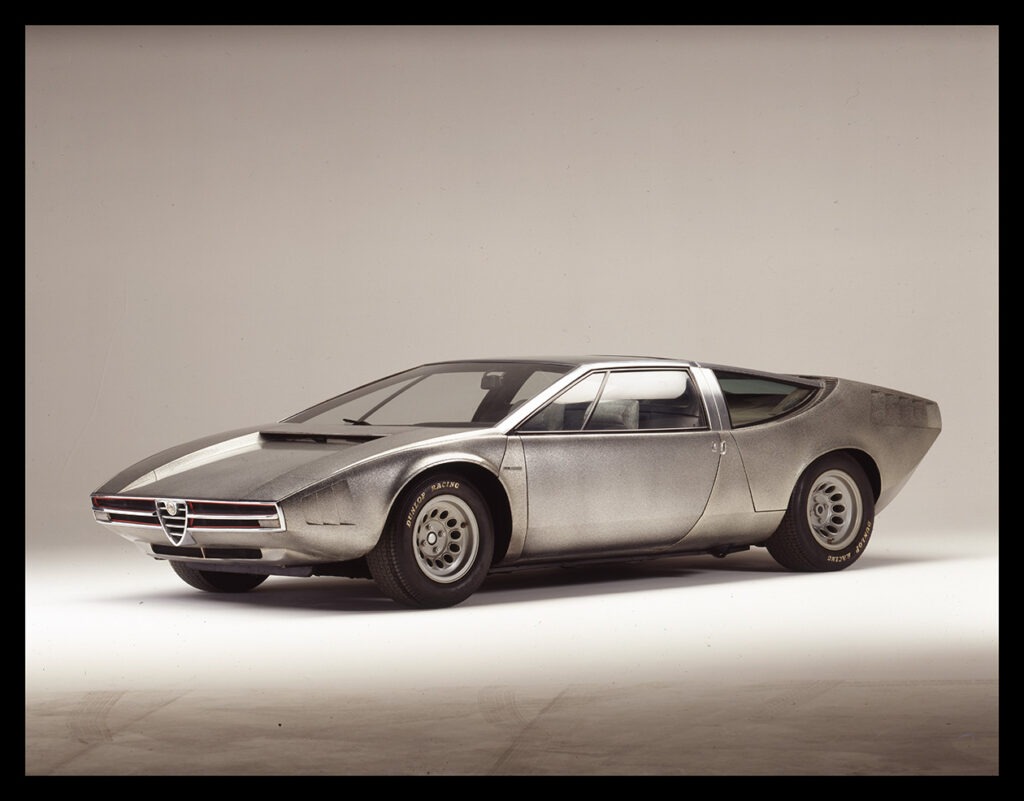
The Iguana was the first Alfa Romeo designed by Giorgetto Giugiaro for Italdesign, his newly founded independent design company. The name Iguana was chosen because of the similarity between the exotic animal and the appearance of the bodywork with numerous openings and iridescent finishing.
The car was unveiled at the 1969 Turin Motor Show and, although it did not have a productive outcome, it laid the aesthetic foundations of the Maserati Bora / Merak and, as regards the bodywork, of the more famous DeLorean DMC-12.
The body was made of fiberglass, except for the glass roof pillars which were made in brushed steel and therefore not painted. It is painted in metallic gray with the “metal-flake” technique, which consists in mixing large metallic flakes with the paint giving it a final sparkling and luminous effect. In general, the design was characterized by sharper lines than those of the 1960s, although still quite curved. The prototype is equipped with a sloping nose with a full-width air intake for ventilation of the radiator, divided in two by a pair of chrome “mustaches” with the Alfa Romeo “scudetto” in the center, similar to what will later appear on the Alfasud, designed two years later by Giugiaro himself. The front and rear bonnets integrate the mudguards and open by folding completely forward and backward, just like on the Lamborghini Miura and numerous racing cars of that period, to facilitate access to the mechanical parts.
The Italdesign Alfa Romeo 33 Iguana did not have a follow-up and, like the other dream cars based on the Alfa Romeo 33 Stradale chassis proposed by the best Italian coachbuilders, it can be admired at the Alfa Romeo Historical Museum in Arese.
1971 Alfa Romeo Cuneo
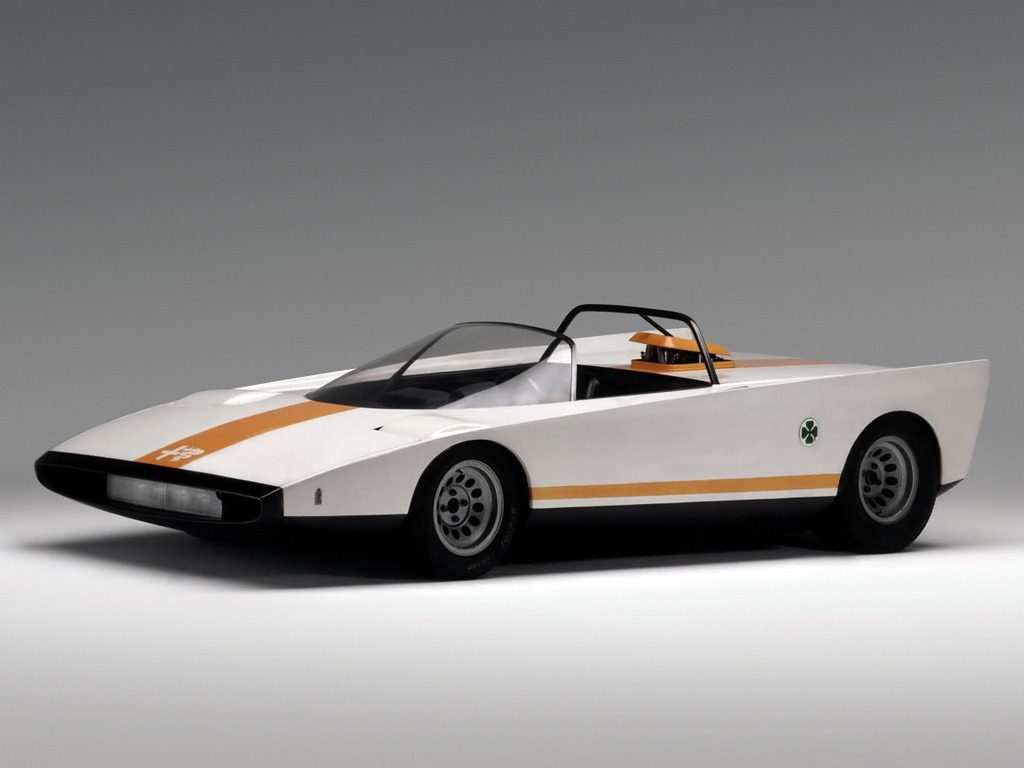
The Alfa Romeo Cuneo, was unveiled at the 1971 Brussels Motor Show and was build on the chassis of the 33 Roadster G.S. which was dismantled,
The car, with very square lines, in conflict with the more rounded ones prevailing in the sixties, strongly impressed the public for the low wedge-shaped profile from which only the windshield and the arched roll-bar rise. The name derived from the shape of its lateral silhouette, an almost perfect wedge (cuneo).
As for the other Alfa Romeo 33 Stradale Dream Cars, the Cuneo was not produced in a small series and is today kept at the Alfa Romeo Historical Museum in Arese.
1976 Alfa Romeo Navajo
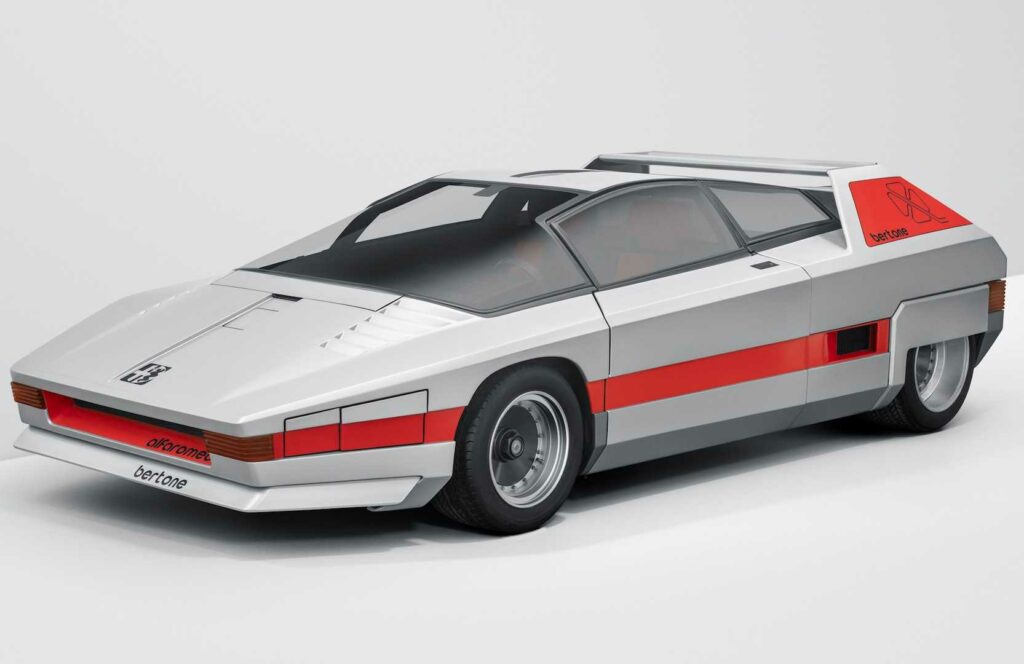
The Alfa Romeo Navajo, unveiled by Bertone at the Geneva Motor Show in March 1976, was the last dream car built on the basis of the Alfa Romeo 33 Stradale and owes its name to the Navajo tribe of Native Americans.
The chassis of the Alfa Romeo 33 Stradale was lengthened in the center up to 2430 mm in order to be able to mount a lightweight fiberglass body with a strongly “wedge-shaped” profile typical of the 1970s. The very tapered front is balanced by the massive tail surmounted by a huge trapezoidal rear wing that could vary its incidence according to speed.
The Navajo’s aerodynamics are also very accurate in the rest of the car since also the front spoiler, like the rear one, could have changed the incidence according to the speed, a characteristic taken up almost ten years later by Bertone itself on the Alfa 90. The retractable front lights had an almost unique configuration: in fact they did not rise from the bonnet but appeared laterally from the fenders. On the front hood there are gills for venting hot air from the radiator and a sticker with the stylized Alfa Romeo logo.
After having participated in the various shows, as for the other Alfa Romeo 33 dream cars, it became part of the collection of the Alfa Romeo Historical Museum.

